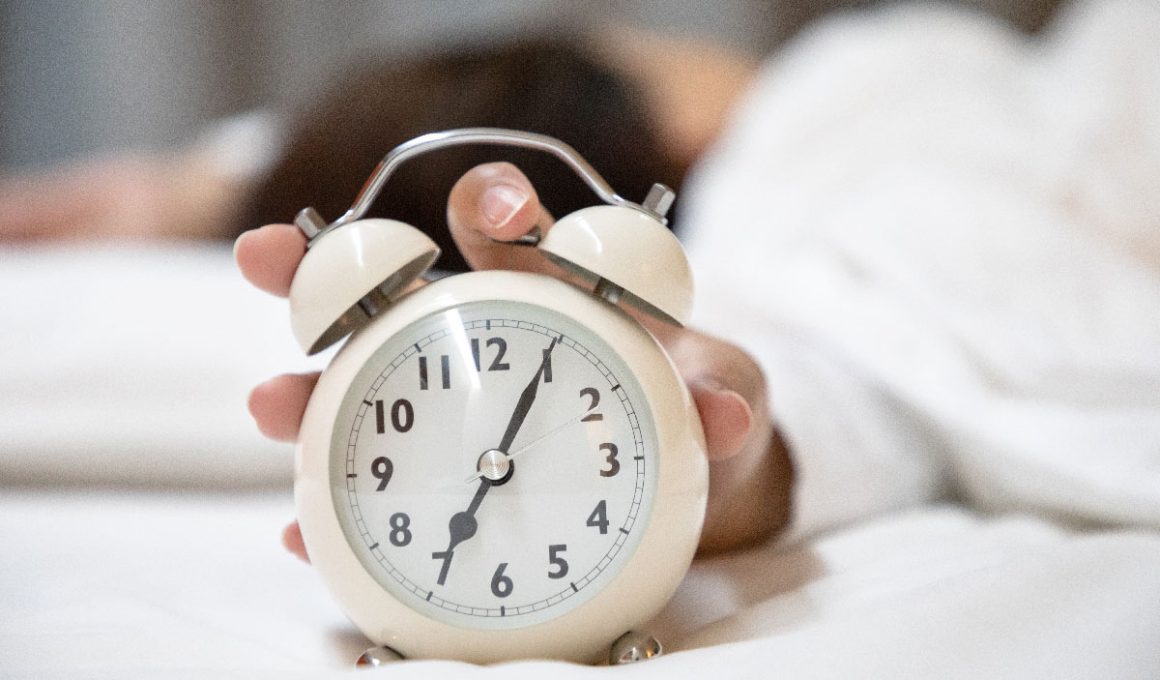Who hasn’t been there? The alarm clock rings far too early, as usual, and you press the snooze button with all your heart so that you can snooze a little longer in the warmth of your bed. But after just 10 minutes, the supposed peace and quiet is over and the alarm clock rings again. The temptation is great to press the snooze button again …
While some people press the snooze button again and again and continue to sleep for up to an hour or even longer with interruptions, others only manage to press the snooze button once or twice. Still others manage without this tempting alarm clock function altogether and get up at the first ring. But how useful is snoozing? And why does a snooze phase usually last 9 minutes? Can I get out of the habit of pressing the snooze button every morning? As always, you can find out all this here at billerbeck, your sleep experts.
Snooze function – the tempting 9 minutes
The first alarm clock with a snooze button was launched in the USA in the mid-1950s. What was a sensation at the time is now commonplace. However, the snooze rhythm of around 9 minutes, which is still common today, dates back to the early days of snooze technology, when alarm clocks were still traditionally analog. Due to their analog technology, only this time span was possible for the snooze button and has thus prevailed to this day, even if the snooze time on digital media can of course be adjusted manually and individually in the meantime.
How useful is the snooze button?
As nice as it may feel to roll over for a few minutes after the alarm goes off and continue snoozing, snoozing is not really useful. The constant alternation between being awake and sleeping can throw your personal and body’s own sleep-wake rhythm out of balance.
The ringing of the alarm clock is like an alarm signal for our body, releasing adrenaline and – in the best case scenario – waking us up suddenly. Continuing to snooze in snooze mode, on the other hand, ensures that the sleep hormone melatonin is synthesized, which is interrupted again shortly afterwards by the alarm clock ringing and the associated release of adrenaline.
Is snoozing unhealthy?
Using the snooze button and constantly switching between being awake and asleep – and thus between adrenaline and melatonin release – creates an extremely unfavorable and unnatural back and forth that can confuse our body and our internal clock. The consequences can be prolonged tiredness, exhaustion and listlessness, which can last well into the day and are commonly known as sleep inertia. In the worst case, it can even lead to problems falling asleep in the evening and sleeping through the night, which can make it even more difficult to get up the next morning.
Although using the snooze function is not dangerous for our body per se, snoozing can be responsible for us not starting the new day feeling rested, regenerated, powerful and able to concentrate. Over a longer period of time, a high level of fatigue and a lack of sleep and rest can also lead to health problems.
Can you break the habit of using the snooze button?
Instead of snoozing and hoping to get a few extra minutes of sleep in the morning, it’s better to go to bed earlier so that you can fulfill your sleep quota and start the new day refreshed and full of energy. You could also set your alarm clock to a later time to extend your active sleeping time even further. Because instead of hitting the snooze button after the alarm goes off and continuing to doze, it would be better to get up straight away and start the day. This would not only effectively extend the duration of the recovery phase during sleep, it would also noticeably improve its quality.














